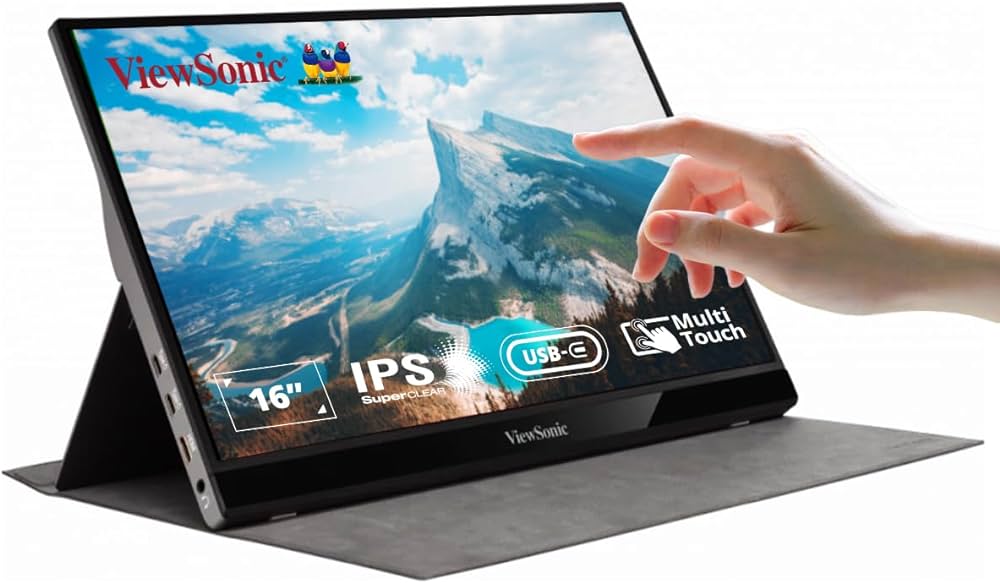Elevate Productivity with Intuitive Touch Screens for Seamless Interaction
In the fast-paced world of modern business, staying ahead of the curve requires embracing innovative technologies that enhance productivity and streamline workflow. One such transformative tool is the intuitive touch screen, revolutionizing the way we interact with digital devices and systems. These touch screens have become ubiquitous in various industries, from manufacturing and healthcare to education and finance, offering a seamless and intuitive interface that caters to the human instinct for tactile interaction. At the heart of the touch screen’s allure is its ability to bridge the gap between humans and machines, creating a more natural and fluid interaction. Gone are the days of cumbersome keyboards and mice – now, users can simply tap, swipe, and pinch their way through tasks with ease. This intuitive touch experience not only accelerates the learning curve for new users but also reduces the risk of errors and increases overall efficiency. The tactile feedback from a touch screen provides a sensory connection, making the digital realm feel more tangible and accessible.
One industry that has significantly benefited from the integration of touch screens is manufacturing. The implementation of touch screens in production lines has streamlined operations, allowing workers to control and monitor machinery with a simple touch. This direct interaction eliminates the need for complex training, as workers can intuitively navigate through menus, adjust settings, and troubleshoot issues with minimal effort. The result is increased productivity, reduced downtime, and a more agile manufacturing process that adapts to changing demands. In healthcare, intuitive touch screens have transformed patient care and administrative tasks alike. Medical professionals can access patient records, input data, and monitor vital signs with a few taps on a screen. This not only saves time but also enhances the accuracy of information, ultimately improving the quality of care. In patient-facing applications, touch screens offer an intuitive way for individuals to interact with health monitoring devices, fostering a sense of control and engagement in their own well-being. Educational institutions have embraced touch screens to create interactive and engaging learning environments.

From interactive whiteboards in classrooms to tablets in the hands of students, touch screens facilitate collaborative learning experiences the touch screen monitor. The intuitive nature of touch screens encourages active participation and stimulates creativity, making the educational process more dynamic and effective. Students can manipulate digital content, solve problems, and explore concepts in ways that were once limited to traditional, static methods. In the financial sector, touch screens have revolutionized how professionals analyze and present data. Traders and analysts can navigate through complex financial data with a touch, enabling faster decision-making and more informed investment strategies. Interactive touch screens in banking and financial institutions also enhance customer service, allowing clients to explore financial products and services in a more personalized and engaging manner. As technology continues to advance, the integration of intuitive touch screens will likely extend to new realms, shaping the way we interact with the digital world. Whether in the workplace, healthcare setting, classroom, or financial institution, the seamless and tactile nature of touch screens has become a cornerstone for elevating productivity and fostering a more intuitive connection between humans and technology.
